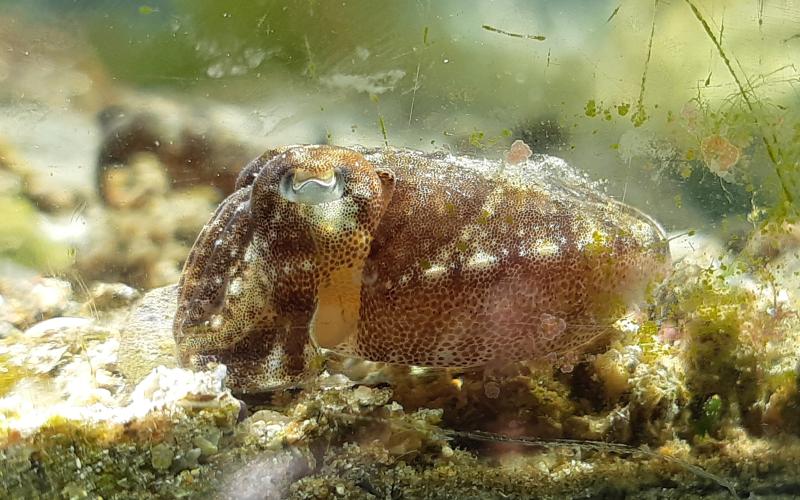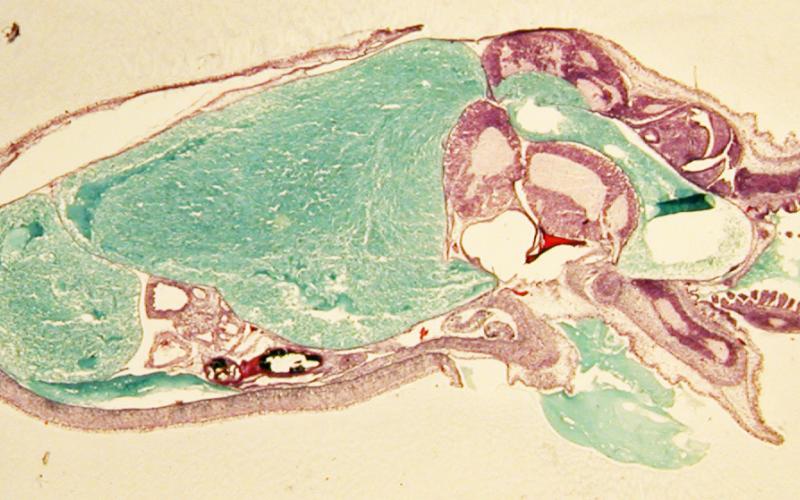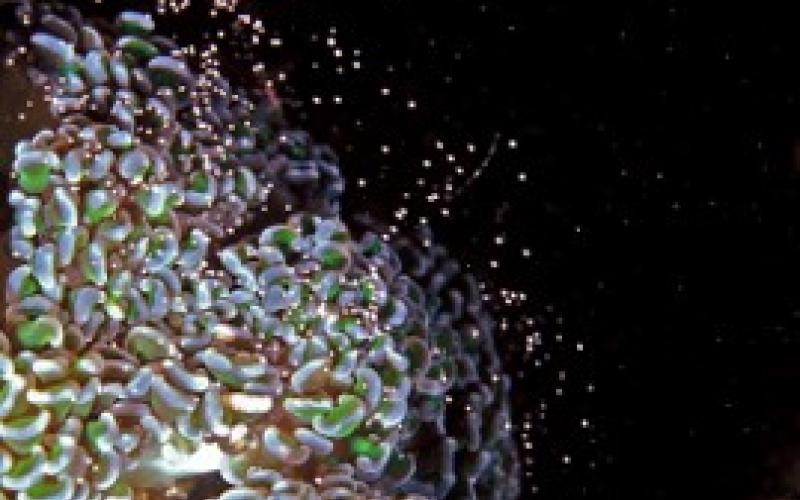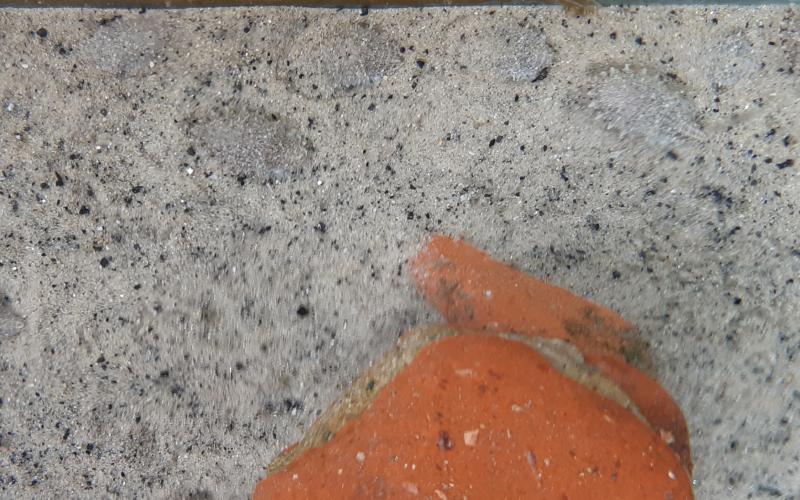Using our non-conventional biological models (cephalopods, teleosts, corals), our aim is to understand how environmental parameters play a role in controlling the stages of life cycles, particularly in the context of global, climatic and anthropogenic change.
The environment affects biological processes at various scales (genome, cell, organism) during the different stages of the life cycle (early and late development, metamorphosis, reproduction, migration). A better understanding of the molecular and physiological mechanisms modified by environmental variation will enable us to assess the phenotypic plasticity of organisms in the context of global change and to understand the origin and evolution of their adaptive capacities.
The aim is to implement an ECO-EVO-DEVO type approach. We are studying the integration of environmental factors and their variations by the neuro-sensory and neuro-endocrine systems: perception of environmental factors, transmission and induction of developmental and physiological responses.
The physical environmental parameters studied are mainly light, temperature and salinity in the context of local and global warming. We are therefore addressing not only the impact of warmer water temperatures but also the impact of the desynchronisation induced between variations in temperature and photoperiod.
The physical environmental parameters studied are mainly light (quality, quantity, photoperiod), temperature and salinity in the context of local and global warming. We are therefore addressing not only the impact of warmer water temperatures but also the impact of the desynchronisation induced between variations in temperature and photoperiod. Experimental studies are carried out in laboratories, marine stations or aquaculture stations, under controlled environmental conditions, as well as in the field.
Depending on the models and the knowledge already acquired, we are interested in
1) the molecular characterisation and phylogenetic evolution of the physiological control systems (neuromediators, neurohormones, receptors) involved in these processes in our models, in comparison with other metazoans,
2) the functional role of these systems in regulation and the interpretation of their functioning in the context of the adaptation of the biological cycles of the team's models.





